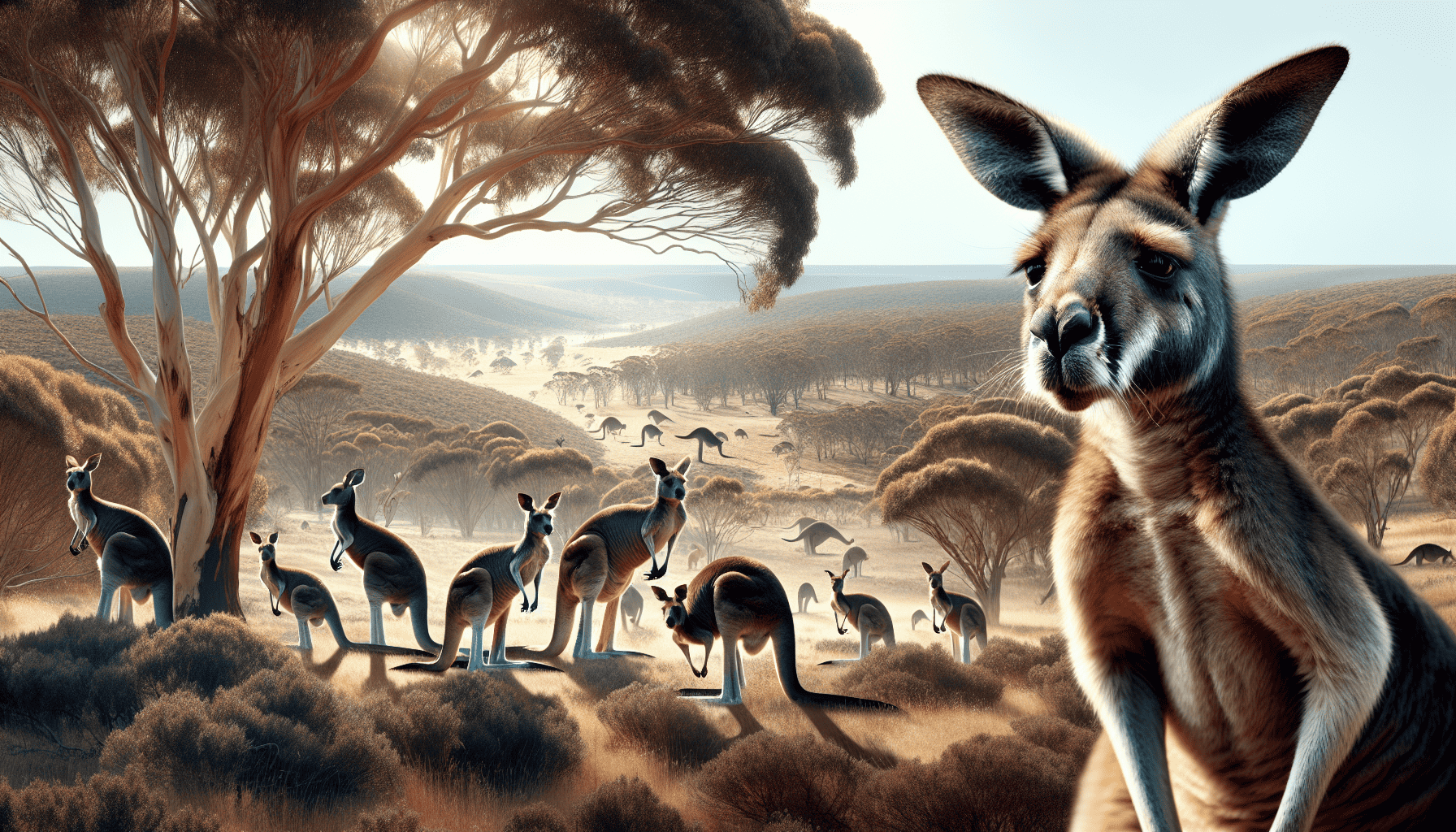Australia is a land of incredible biodiversity, home to an array of endemic species found nowhere else on Earth. This unique wildlife is a significant part of the country’s natural heritage and has been the focus of intensive conservation efforts aimed at preserving it for future generations. These efforts are critical, with many species facing threats from habitat loss, climate change, invasive species, and human activity. Various conservation strategies have been implemented across the continent, tailored to meet the specific needs of diverse ecosystems and their inhabitants.
One of the key regions where conservation efforts are being robustly pursued is the Great Barrier Reef, which is not just a natural wonder but also a biodiverse marine ecosystem. Threatened by climate change, coral bleaching, and pollution, the Reef has been the subject of numerous projects aimed at its restoration and protection. Initiatives like the Reef 2050 Plan, developed by the Australian and Queensland Governments, combine active intervention, research, and community engagement to preserve the health of this vital ecosystem.
In terrestrial environments, conservation strategies often focus on habitat protection and restoration. The Australian Bush Heritage Fund, for instance, works to purchase and manage land across the country, creating reserves that protect key habitats from development and degradation. These reserves help safeguard many threatened species, such as the Northern Hairy-nosed Wombat and the Western Swamp Tortoise, by providing secure environments for them to thrive.
Invasive species management is another critical aspect of conservation in Australia. The introduction of non-native species like the European rabbit and the cane toad has had devastating impacts on native flora and fauna. Innovative methods, such as biological control programs and exclusion fencing, are employed to control and reduce the populations of these invasive species, thus allowing native ecosystems to recover and flourish.
Community and Indigenous involvement play a pivotal role in Australia’s wildlife conservation landscape. Indigenous Australians have been stewarding these lands for tens of thousands of years, possessing invaluable knowledge of local ecosystems. Programs like Indigenous Protected Areas (IPAs) empower Indigenous communities to manage land and sea country using traditional practices combined with scientific methods, ensuring sustainable conservation outcomes and fostering cultural heritage preservation.
Wildlife corridors are increasingly being promoted to address the problems of habitat fragmentation caused by urban development and agriculture. By connecting isolated patches of habitat, these biological passageways enable species migration and genetic flow, which are essential for maintaining healthy populations. The Great Eastern Ranges Initiative, spanning several Australian states, is a prime example of this strategy, aiming to protect an almost continuous 3,600 km chain of ecosystems along the eastern seaboard.
Education and citizen science initiatives also play crucial roles in supporting conservation efforts. By engaging the public in projects such as wildlife surveys and monitoring programs, organizations can gather substantial data to inform future conservation strategies. Programs like the Atlas of Living Australia enable citizens to contribute to scientific research by documenting and submitting sightings of different species, broadening the understanding of Australia’s wildlife distribution and abundance.
In conclusion, the conservation of Australia's unique wildlife is an ongoing and multifaceted endeavor, encompassing diverse strategies tailored to the continent’s varied ecosystems. The combined efforts of governments, conservation organizations, Indigenous groups, and everyday citizens are critical for protecting these irreplaceable species and their habitats. As awareness and technological capabilities continue to grow, there is hope that these measures will ensure the resilience and survival of Australia’s iconic wildlife for generations to come.
